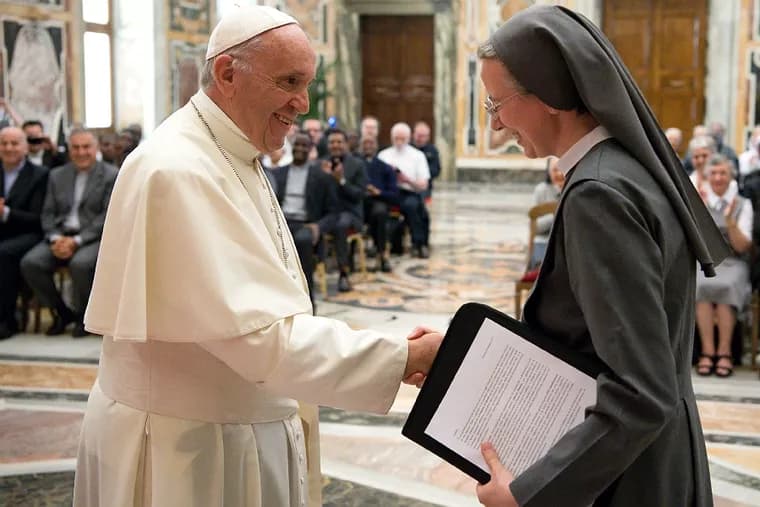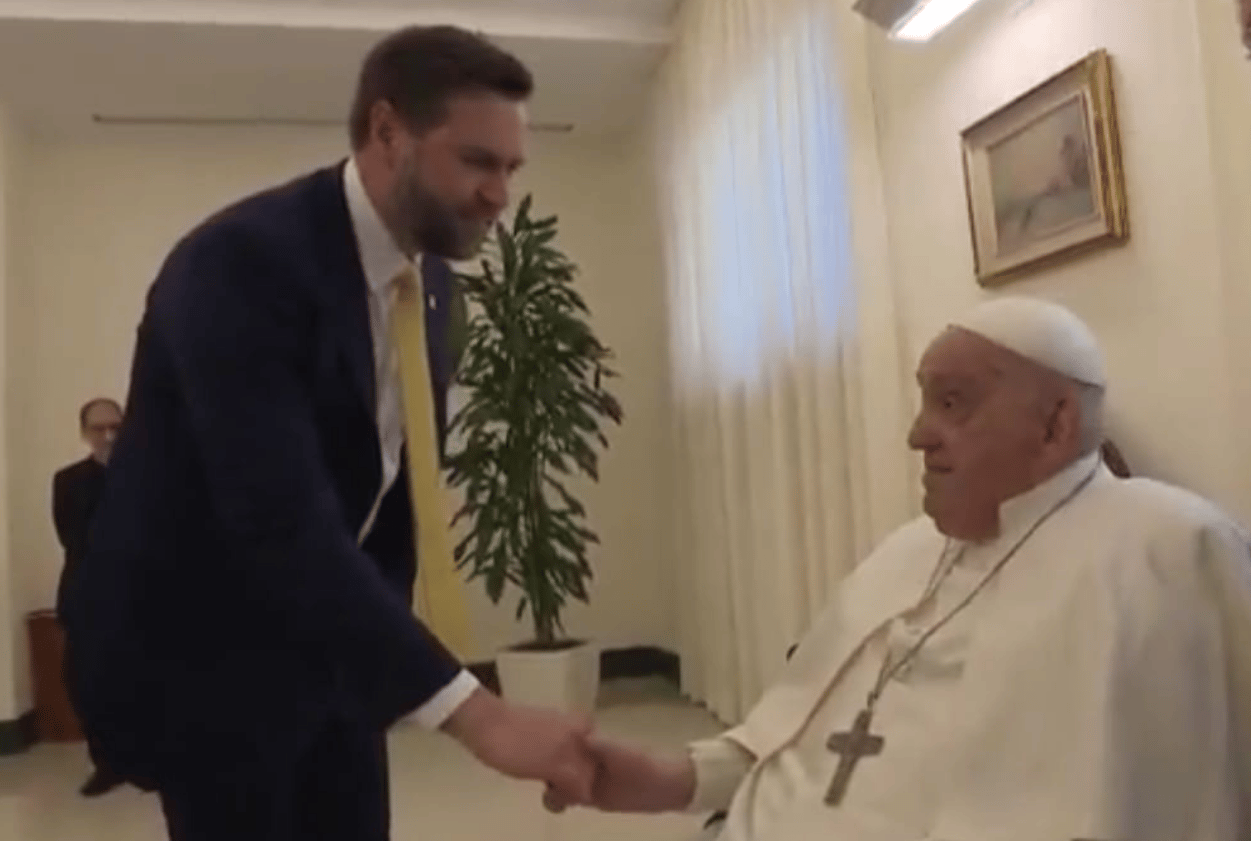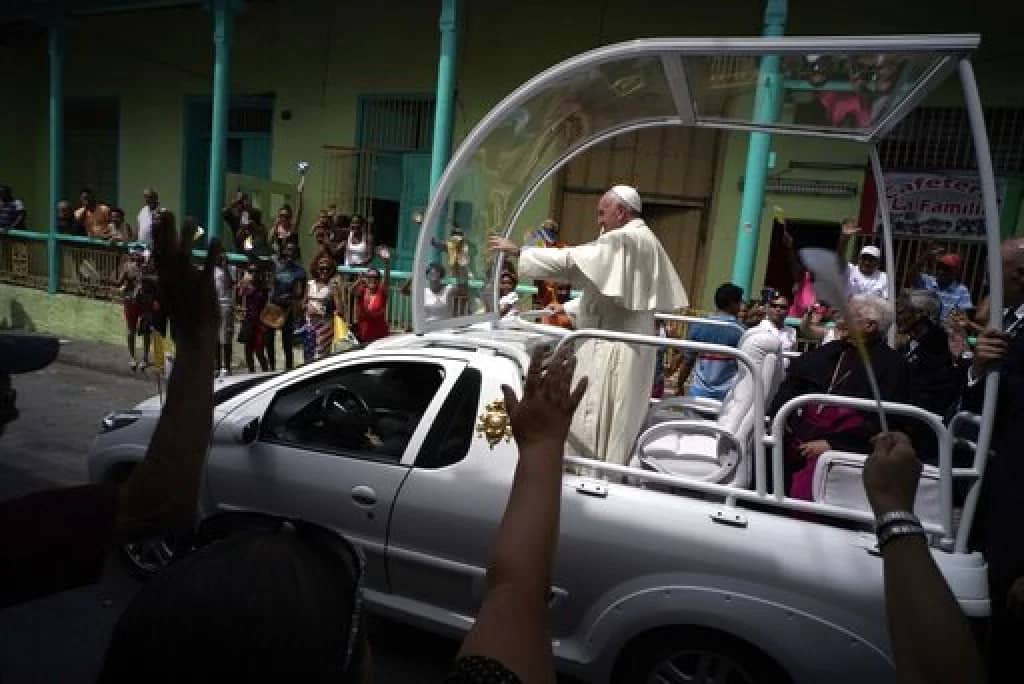ROME – As the Catholic Church mourns the passing of Pope Francis and prepares to elect his successor, there was a poignant if unintentional reminder of the spirit of his papacy when invitations to the general congregation meetings of cardinals in preparation for the looming conclave were sent out Monday.
Vatican sources told Crux on Monday that by mistake, one of the two most senior women in the Vatican, Italian Sister Simona Brambilla, who leads the Vatican Dicastery for Institutes of Consecrated Life and Societies of Apostolic Life, better known as the Dicastery for Religious, received a standard email invitation sent to cardinal heads of departments summoning them to participate in the general congregations.
Under existing policy, only cardinals are allowed to participate in the general congregations, and only men are allowed to be cardinals. While there been discussion over the years both about allowing women to be named cardinals and about broadening participation in the general congregations, where issues facing the church and the kind of pope needed to face them are discussed, neither reform was actually adopted by Pope Francis.
The invitation to Brambilla, sent by the Dean of the College of Cardinals, Italian Cardinal Giovanni Battista Re, was addressed to “Il prefetto Simona Brambilla,” using the masculine article in reference to her position rather than the feminine.
While clearly a mistake, the invitation to Brambilla carries a certain irony given that for much of his papacy, Pope Francis sought to create more space for women in meaningful positions of leadership and governance.
Moves such as creating commissions to study the female diaconate and allowing his Synod of Bishops on Synodality to discuss the debate over women’s priestly ordination led some observers to believe he might finally make a change in this regard, though they were ultimately disappointed.
Francis repeatedly spoke about the need to empower women without “clericalizing” them, and often said the door to women’s priestly ordination was closed. A synod study group examining the question of the women’s diaconate also ruled in October that it was premature to make a decision, but that studies would continue.
However, despite disappointing some by failing to change the rules on these issues, he still made waves when he made the decision to name Brambilla as prefect of the Dicastery for Religious in January, with a cardinal serving under her as pro-prefect.
RELATED: Pope names first woman prefect of Vatican office, with cardinal as pro-prefect
The decision, which made Brambilla the first-ever woman to lead a Vatican department, was eyebrow-raising due to a longstanding contention among some experts that because heads of some Vatican departments make binding decisions in the name of the pope, sharing in the exercise of his power, they therefore need to be in Holy Orders, meaning ordained to the priesthood.
Since Brambilla is technically a laywoman, as nuns are not clergy, the objection is that certain decisions under her name could be contested as invalid. However, Pope Francis took steps toward distancing Holy Orders from the governing authority of the Roman Curia in his constitution reforming the Roman Curia, Predicate Evangelium.
Shortly after being hospitalized in February, he announced the appointment of Sister Raffaella Petrini as head of the Vatican Governorate, a position which, while not technically the head of a dicastery, nonetheless made her the most powerful woman in the Vatican.
The invitation to Brambilla, however accidental, is nevertheless an ironic reminder both of the reforms Francis actually enacted, and also those many observers felt his papacy was moving toward even if it never quite actually got there.
Follow Elise Ann Allen on X: @eliseannallen












